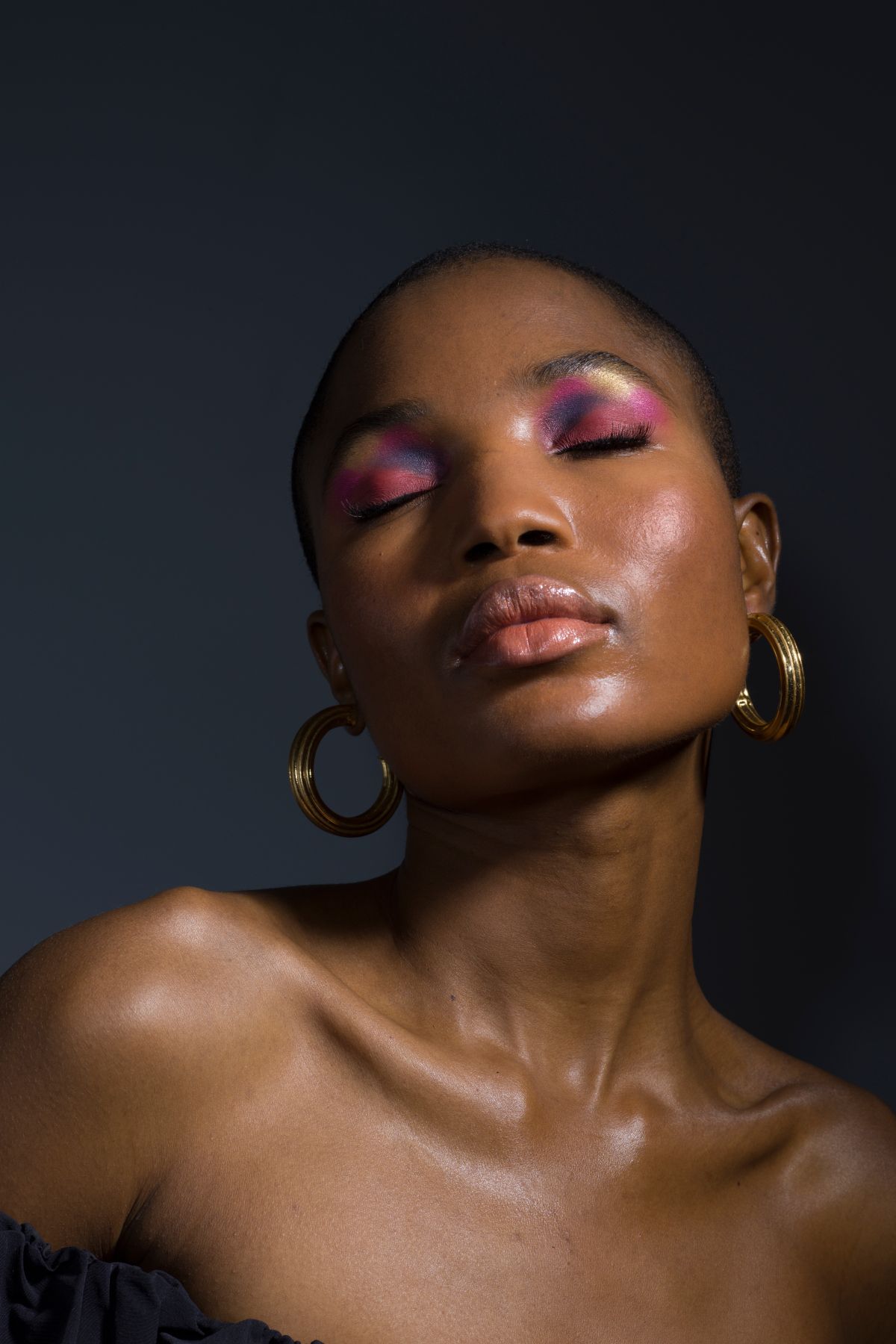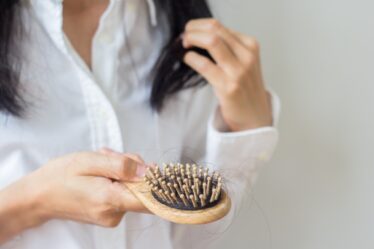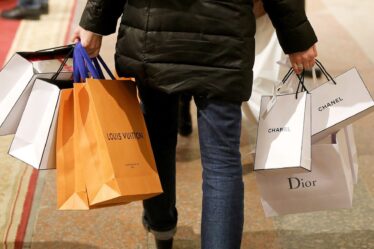
When, in 2019, Desiree Rogers and Cheryl Mayberrry-McKissack acquired Black Opal, a skin care and makeup brand that makes products specifically for people of colour, they vowed to stay true to the founder’s mission of making Black beauty more accessible.
That meant employing a multi-faceted retail strategy, which saw the brand expand beyond DTC to beauty hubs like Ulta Beauty. This year, in an effort to more directly connect with its core customer, the brand went to a more unexpected location: college campuses. Black Opal inked a partnership with Dillard University, a historically Black college in New Orleans, which will see the brand open a retail location in the campus’ bookstore, where students can shop for lipstick and foundations alongside textbooks.
Rogers and Mayberry-McKissack represent just one of several Black-owned beauty brands pursuing alternative strategies for growth. 2020′s racial reckoning saw a number of brands and corporations pledge to support Black beauty brands. Though initiatives like the 15 Percent Pledge, which challenges retailers to stock 15 percent of their shelves with Black-owned brands, have helped move the needle, sweeping industry change has been slow.
Black beauty has historically been an underserved market: Black American consumers made up 11.1 percent of total beauty spending (roughly $6.6 billion) in 2021, but Black-owned or founded beauty brands took home just 2.4 percent of all revenue, according to a June 2022 study from consulting firm McKinsey & Company. Black consumers would prefer to buy from Black beauty brands, but the pain points they experience, such as a lack of industry knowledge on Black beauty and limited access to stores and incompatible products, make it difficult to do so.
“The customer journey is riddled with challenges,” said Tiffany Burns, an analyst at McKinsey and one of the authors of the study. “Even if they get through all of that, the customer still loses.”
Black-owned brands with the financial resources necessary to operate in major retailers have seen traction, but the vast majority of Black beauty brands remain underfunded: According to McKinsey, only 16 of 213 venture capital-backed beauty brands were Black-owned. With less attention and resources, these brands are seeking to court the Black consumer in more creative ways such as partnering with service outlets and introducing the brand to younger consumers to gain their loyalty.
Building a Retail Network
Since 2020, Black beauty brands have made waves at retailers like Sephora and Ulta Beauty — both are signatories of the 15 Percent Pledge, and have added names like Bread Beauty Supply (Sephora) and Camile Rose (Ulta Beauty) to their assortments. But to further reach consumers, brands, particularly smaller-scale labels, are looking beyond mass retail.
Partnering with beauty service providers, for example, is a tried-and-true path that more Black beauty brands are exploring. Hyperskin, a skin care label that focuses on discolouration and dark spots, partnered with skin care startup HeyDay, a wellness company that offers facial services and sells skin care products.
“When they launched, they didn’t have a hero product targeting hyperpigmentation, which is an issue people with darker complexions face. That’s where we came in,” said Hyperskin founder and chief executive Desiree Verdejo.
The built-in trust consumers have in estheticians helps the brand thrive in salon or beauty service locations, she added, because those settings foster a closer relationship with the target consumer. “The estheticians were evangelists for the brand and we’ve really seen that translate into sales.”
Brands are also going directly to where the consumer is. Black Opal’s store opening at Dillard University is an example of this trend — by setting up shop on a college campus, the brand is able to engage with young Black consumers who will hopefully continue their relationship with the brand after graduation.
“There are so few [Black people] in the beauty industry that the store will fulfil two purposes: it meets a need and it gives young people an example of a thriving Black-owned business,” said Rogers.
New Spaces for Black Beauty Brands
Founders are also creating entirely new spaces for Black consumers to find products and Black-owned brands to sell.
Tomi Talabi, who is passionate about shopping Black-owned and Black-founded brands, founded The Black Beauty Club on the audio platform Clubhouse in 2021. The club has since evolved into an online community hub, where founders can meet investors, consumers can meet founders and members can discuss what beauty means to them.
“You’d want to support a small brand, but by the time you’ve committed to supporting a few, 20 percent of your money goes to shipping and handling,” said Talabi, the co-founder of the Black Beauty Club. “There wasn’t a streamlined process of discovering and supporting these brands.”
Nyakio Grieco went a step further, launching Thirteen Lune, a beauty e-commerce company where 90 percent of brands stocked are founded or owned by people of colour, in 2021.
“During the pandemic and the racial reckoning, you’d find all these lists of Black beauty brands to shop,” said Grieco, founder and chief executive of Thirteen Lune. “This was great for visibility but none of us knew where to find these brands.”
It’s not just about shelf space. Thirteen Lune also does a great deal of marketing and storytelling around the brands they stock in an effort to help consumers discover Black beauty brands more easily, she said.
As a beauty founder herself, Grieco said she understands the struggles independent brands face when launching in larger retailers without adequate support. With Thirteen Lune, she hopes to help founders reach success quicker than she did, Grieco added.
These concepts may start small, but they are far from niche. Within months of Thirteen Lune’s debut, it formed a partnership with JCPenney to create shop-in-shops, starting with 10 in 2021. Thirteen Lune now operates in over 500 JCPenny locations across the United States, and plans to open a flagship store in Los Angeles later this year.
“Black people are all over the country, in urban and rural areas, and now, so are we,” Grieco said. “If we truly want to invest in our communities, we should meet our consumers where they are.”



